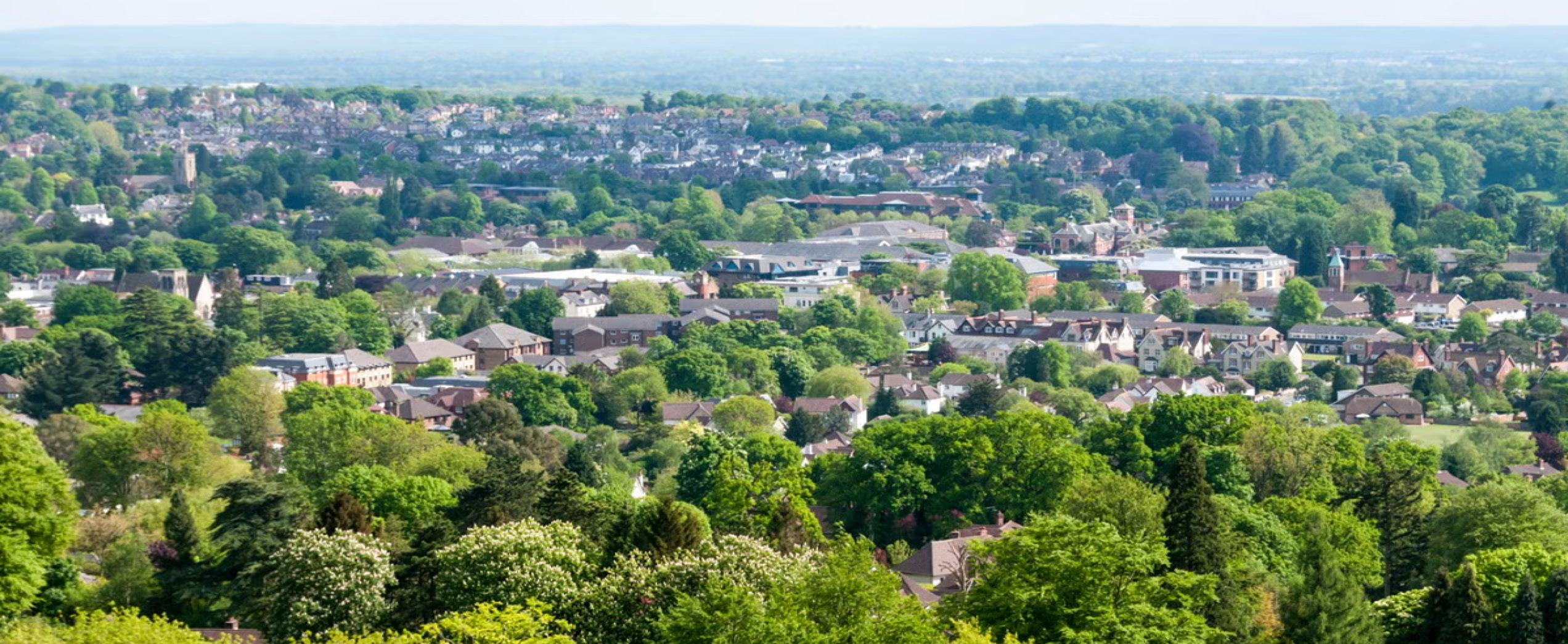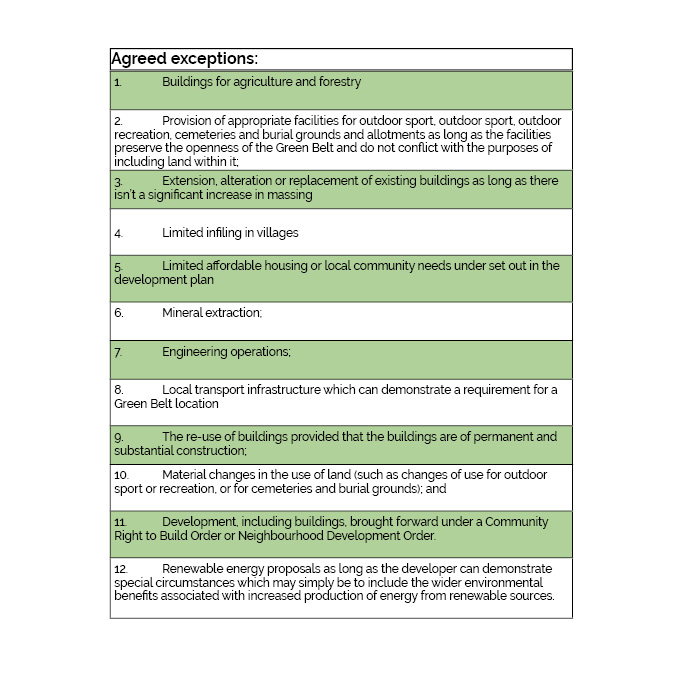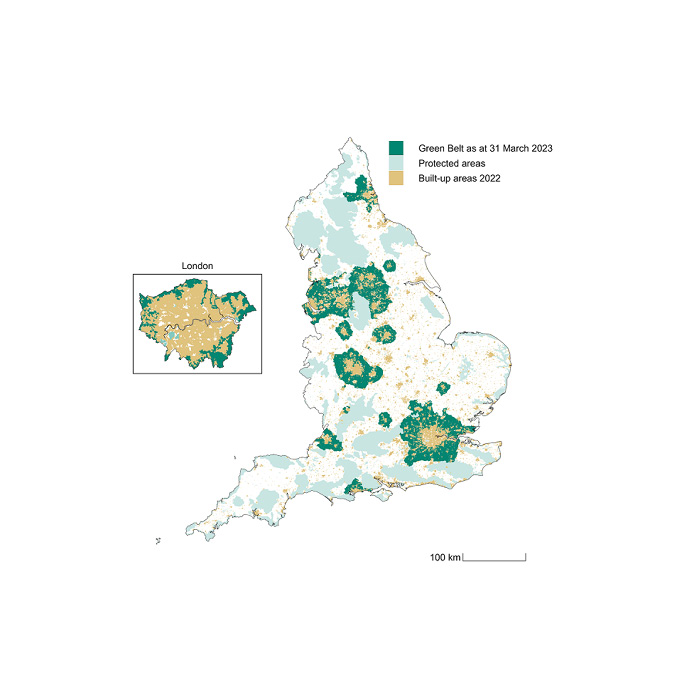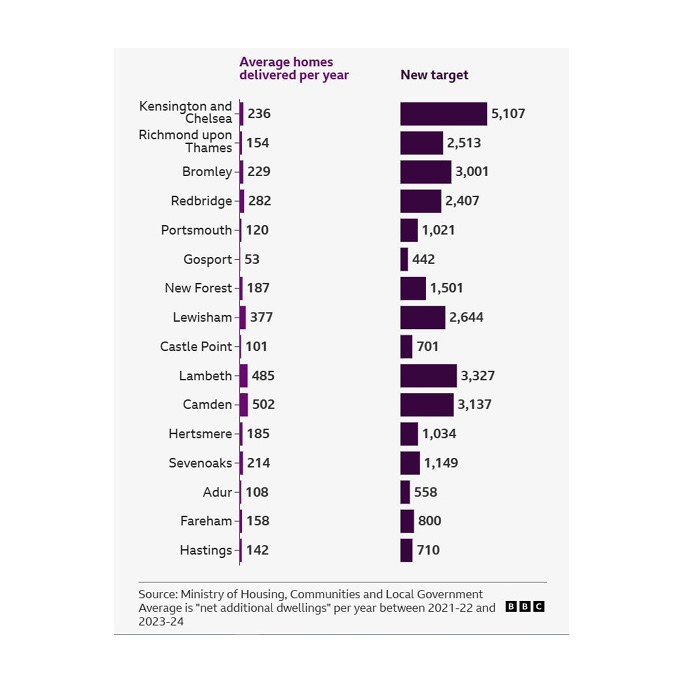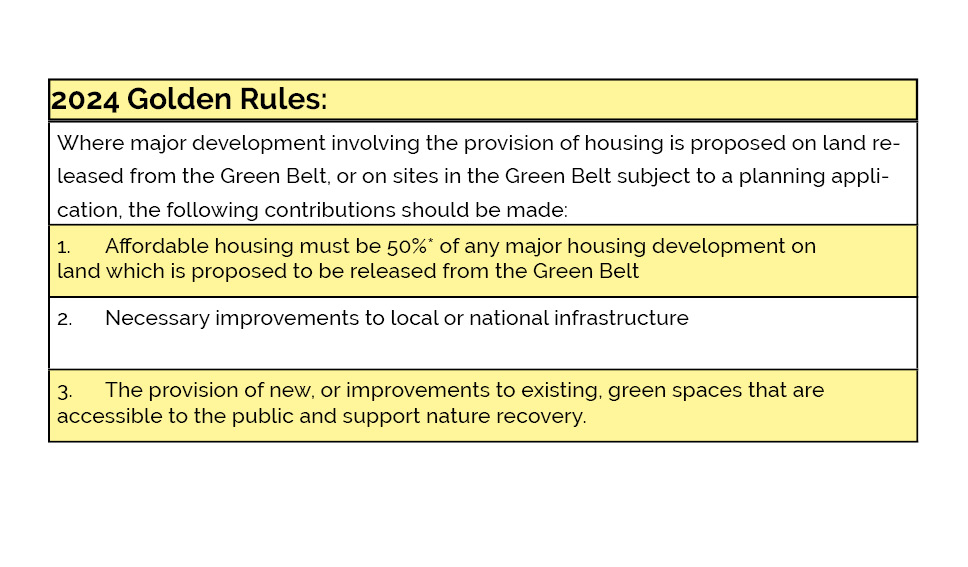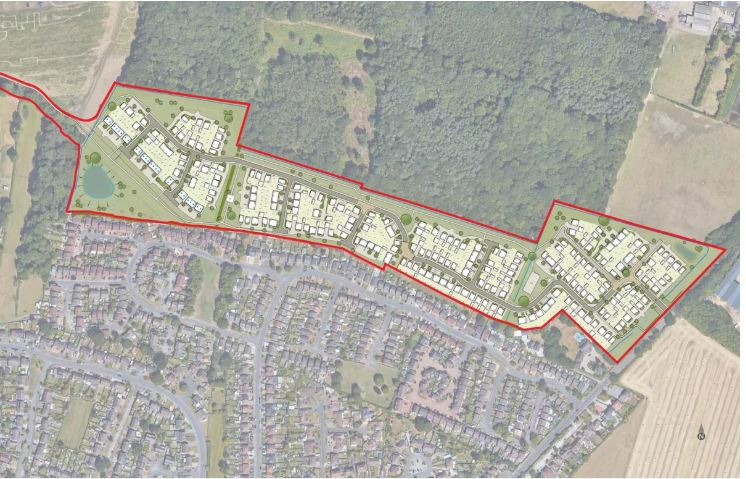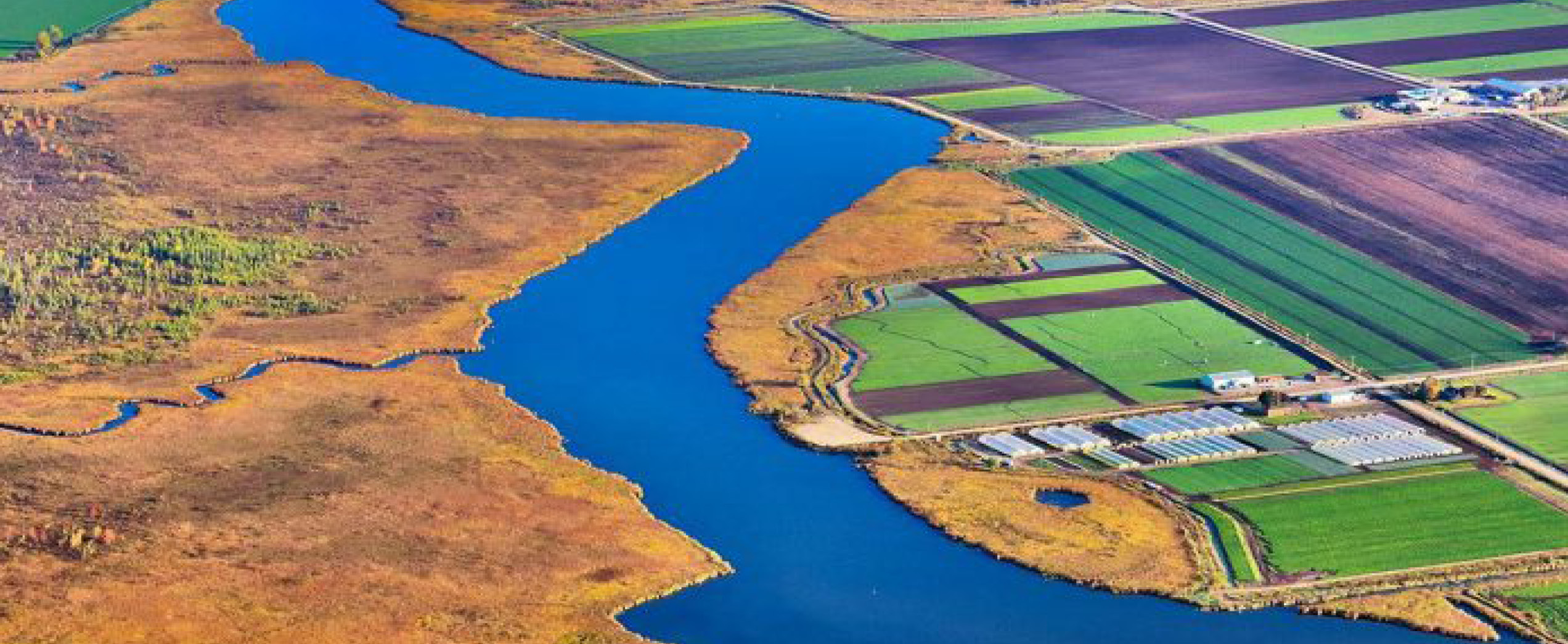Confused by Green Belt Rules?
SHARE
Many consider the Green Belt to be the greatest and most successful planning reform since the end of WW2.
With a new National Planning Policy Framework to digest, are we on the verge of losing what's left of our green space, or is this fake news?
We try to dissect the latest policy and ask, can we come up with a sustainable solution in time?
Source: www.gov.uk
Source: adapted by R-LA from NPPF 2023/2024
Notes:
The National Planning Policy Framework (NPPF) was first
published on 27 March 2012 and updated on 24 July 2018, 19 February 2019, 20
July 2021, 5 September 2023, 19 December 2023 and 12 December 2024. This sets
out the government’s planning policies for England and how these are expected
to be applied.
GLOSSARY ACCORDING TO NPPF 2024:
- Grey belt: For the purposes of plan-making and decision-making, ‘grey belt’ is defined as land in the Green Belt comprising previously developed land and/or any other land that, in either case, does not strongly contribute to any of purposes (a), (b), or (d) in paragraph 143. ‘Grey belt’ excludes land where the application of the policies relating to the areas or assets in footnote 7 (other than Green Belt) would provide a strong reason for refusing or restricting development.
- Brownfield land: See Previously developed land.
- Previously developed land: Land which has been lawfully developed and is or was occupied by a permanent structure and any fixed surface infrastructure associated with it, including the curtilage of the developed land (although it should not be assumed that the whole of the curtilage should be developed). It also includes land comprising large areas of fixed surface infrastructure such as large areas of hardstanding which have been lawfully developed. Previously developed land excludes: land that is or was last occupied by agricultural or forestry buildings; land that has been developed for minerals extraction or waste disposal by landfill, where provision for restoration has been made through development management procedures; land in built-up areas such as residential gardens, parks, recreation grounds and allotments; and land that was previously developed but where the remains of the permanent structure or fixed surface structure have blended into the landscape.

